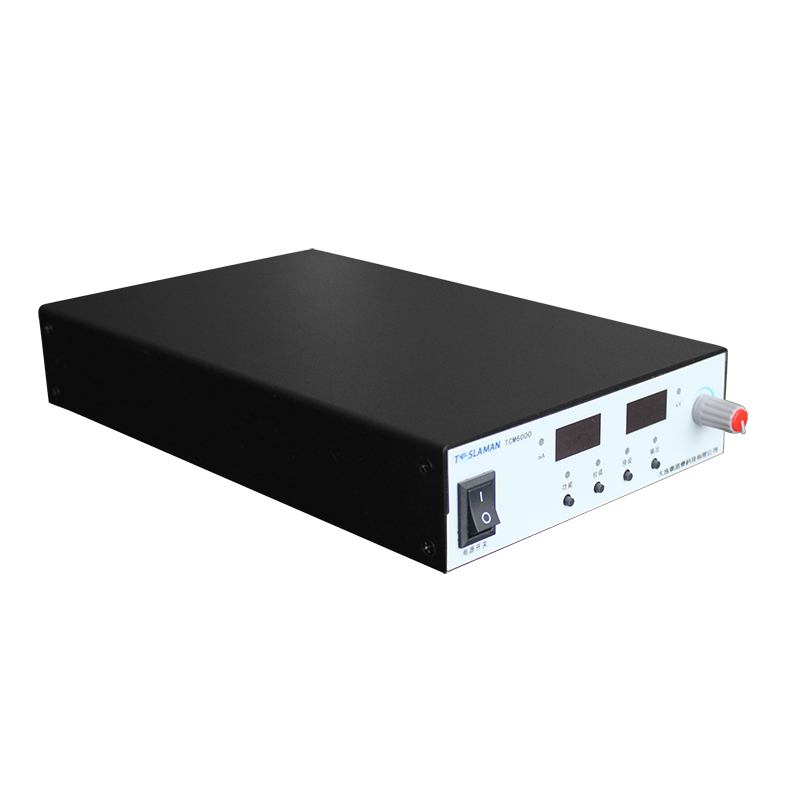Optimizing Reliability and Maintenance Efficiency of Lithography Power Systems
Reliability and maintenance efficiency of lithography power systems are essential for sustaining high throughput and precision in semiconductor fabrication. Lithography machines operate under high electrical stress, supporting illumination modules, electrostatic chucks, stage actuators, and ancillary subsystems that demand highly stable and continuous voltage. Any failure or drift in the power system can compromise wafer patterning, leading to reduced yield and increased operational costs. Optimizing both reliability and maintenance requires a comprehensive approach encompassing robust hardware design, advanced diagnostics, predictive analytics, and modular serviceability.
At the hardware level, high-voltage modules are designed to withstand rapid load transients, voltage spikes, and thermal cycling. Critical components, such as capacitors, transformers, and switching devices, are selected for high endurance and low degradation over time. Wide-bandgap semiconductors, for instance, offer superior switching speed and lower losses, reducing thermal stress and enhancing longevity. Protective measures, including overvoltage protection, arc suppression, and insulation monitoring, prevent sudden failures and ensure consistent power delivery even in challenging operating conditions.
Thermal management is closely linked to reliability. High-voltage modules generate substantial heat, and excessive thermal fluctuations accelerate component aging and cause drift in output voltage. Advanced cooling strategies—including liquid-cooled plates, heat pipes, and optimized airflow channels—maintain uniform temperatures across modules. Thermal sensors integrated into high-voltage units provide real-time feedback to controllers, enabling dynamic adjustments that stabilize voltage output and prevent localized overheating.
Diagnostics play a critical role in both reliability and maintenance efficiency. Embedded monitoring circuits track current, voltage, temperature, partial discharge, and switching behavior continuously. Data is analyzed in real time to detect deviations indicative of wear, impending component failure, or abnormal load conditions. Predictive algorithms can forecast the remaining useful life of components, allowing maintenance teams to schedule interventions proactively rather than reactively. This approach minimizes unplanned downtime and improves overall equipment availability.
Modularity further enhances maintenance efficiency. High-voltage systems designed with modular architecture allow individual units or submodules to be replaced or upgraded without interrupting the operation of the entire lithography tool. Hot-swappable modules, standardized connectors, and accessible packaging reduce repair time and enable rapid restoration of full operational capacity. In addition, modular design supports incremental capacity upgrades or reconfiguration for new lithography requirements without requiring a full system overhaul.
Reliability also depends on electrical noise management. EMI and transient suppression measures ensure that high-voltage switching does not interfere with sensitive optical and metrology subsystems. Filter networks, shielding, and careful PCB layout prevent noise from propagating, maintaining stable operation and reducing the likelihood of failure due to electrical interference.
Software and digital control contribute significantly to maintenance efficiency. High-voltage systems with embedded microcontrollers or FPGA-based controllers can implement automated self-tests, recalibration routines, and fault isolation sequences. Diagnostic data can be communicated to central monitoring systems, enabling remote evaluation, troubleshooting, and adjustment without requiring physical access to the machine. This reduces the need for skilled personnel on-site and accelerates fault resolution.
Lifecycle management strategies are also enhanced by digital integration. Comprehensive logging of operational data—including voltage profiles, thermal history, transient events, and maintenance interventions—enables engineers to analyze trends, identify recurring issues, and optimize maintenance schedules. By correlating power system behavior with lithography performance metrics, teams can improve predictive models and ensure more accurate planning for component replacement or preventive servicing.
Redundancy and fault-tolerance are additional measures that strengthen reliability. Dual-channel or multi-module configurations ensure that if one path experiences a fault, alternate power paths maintain uninterrupted operation. Redundant sensing and monitoring provide additional layers of protection, allowing corrective actions to be taken before process impact occurs.
Through a combination of robust hardware, advanced thermal management, predictive diagnostics, modular design, noise suppression, and digital control, lithography power systems achieve high reliability while enabling efficient maintenance. These capabilities minimize unplanned downtime, extend component lifespans, and ensure that lithography tools can consistently deliver the precision required for modern semiconductor production.




















